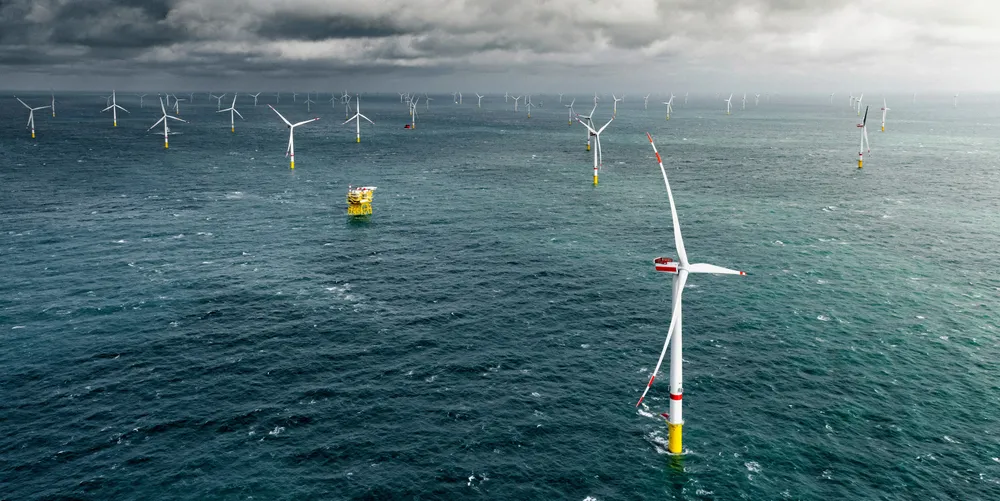'Supply chain in bad health' as EU North Sea leaders commit to offshore wind push
Olaf Scholz, Ursula von der Leyen and leaders of Denmark, Belgium and the Netherlands pledge to make North Sea Europe’s ‘Green Power Plant’ while loss-making industry demands support

German Chancellor Olaf Scholz, and his colleagues from Denmark, Belgium and the Netherlands have signed a joint declaration to turn the North Sea into the ‘Green Power Plant of Europe’ in order to wean the continent off Russian energy supplies.
The declaration includes an agreement by the four countries to quadruple their combined current offshore wind capacity to at least 65GW by 2030, and to increase it tenfold to 150GW by 2050 - enough to power 230 million European homes.
"The projects are to be developed jointly, financed jointly and the electricity distributed jointly."
“480 GW by 2030 - the European Union and member states want much more wind energy,” Siemens Gamesa chief executive Jochen Eickholt said.
“Siemens Gamesa is ready to take up the challenge to deliver these additional volumes. But Europe’s wind energy supply chain is in bad health. … The industry is struggling to be profitable.”
“The industry is struggling to be profitable. Abstract targets alone are not enough. We need targeted support to maintain Europe’s technology leadership in offshore wind,” Eickholt said, in what is the most direct demand so far for support to the struggling industry.
WindEurope chief executive Giles Dickson stressed the new commitments on wind will only be delivered if Europe also has a viable wind energy supply chain and simplifies the permitting of wind farms.
“Good things are now happening on the latter. But the former needs major attention: Europe’s five turbine manufacturers are all operating at a loss today.”
To reach climate neutrality by mid-century, offshore wind in the entire EU (and not just the four countries present at the North Sea Summit) needs to grow from 15GW in the EU today to 300GW by 2050, the economic bloc had targeted in its offshore renewable energy strategy.
The plan also called for a start in preparations of new energy islands in the North Sea, and the addition of another 16GW of offshore wind in the medium term.
“Offshore wind will be a cornerstone in securing European energy independence and in fighting climate change, and the build-out should be accelerated dramatically in the coming years,” Mads Nipper, CEO at Danish utility Orsted said.
“We need to allocate sites in large chunks, quickly, rather than one by one. Tenders of offshore wind sites also need to ensure broader societal value-creation rather than focusing only on price.
“With an EU ambition of 300GW offshore wind in operation by 2050, the future challenges aren’t cost but rather to integrate large-scale variable energy into the power systems and to secure that the build-out happens in harmony with nature.”
Chris Peeters, CEO at Belgian transmission system operator Elia, ahead of the summit said offshore wind development shouldn’t be left to an uncoordinated country-by-country approach, or a substantial part of Europe’s offshore wind potential will be untapped.
“At least seven European countries are currently developing hybrid interconnectors. These projects could be rapidly rolled out if a conducive investment climate is secured,” he told government leaders.
Vestas CEO Henrik Andersen showed himself pleased with the high level of political ambition for offshore wind, but urged for more concrete action.
“We must act now and accelerate the build-out of wind power to fight climate change and secure energy independence, Andersen said.
“It is essential that we get the targets translated into permits and permits into projects, high-quality technology and jobs.”
(Copyright)